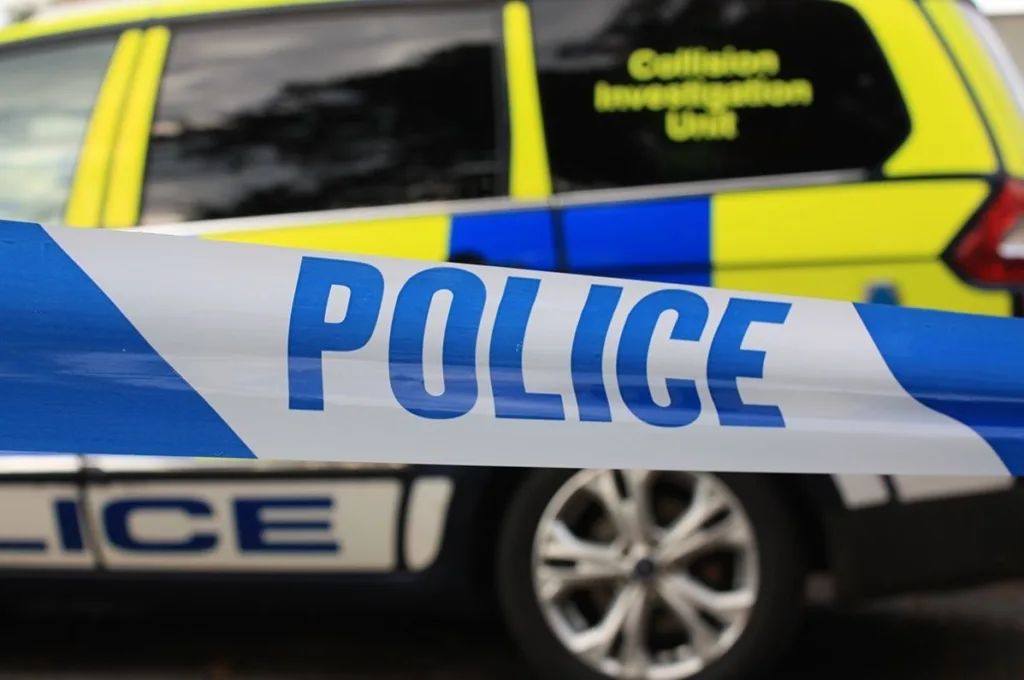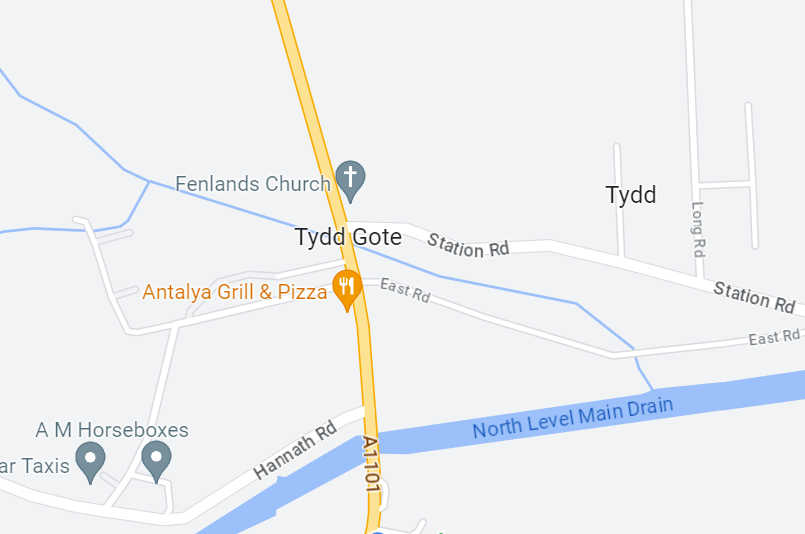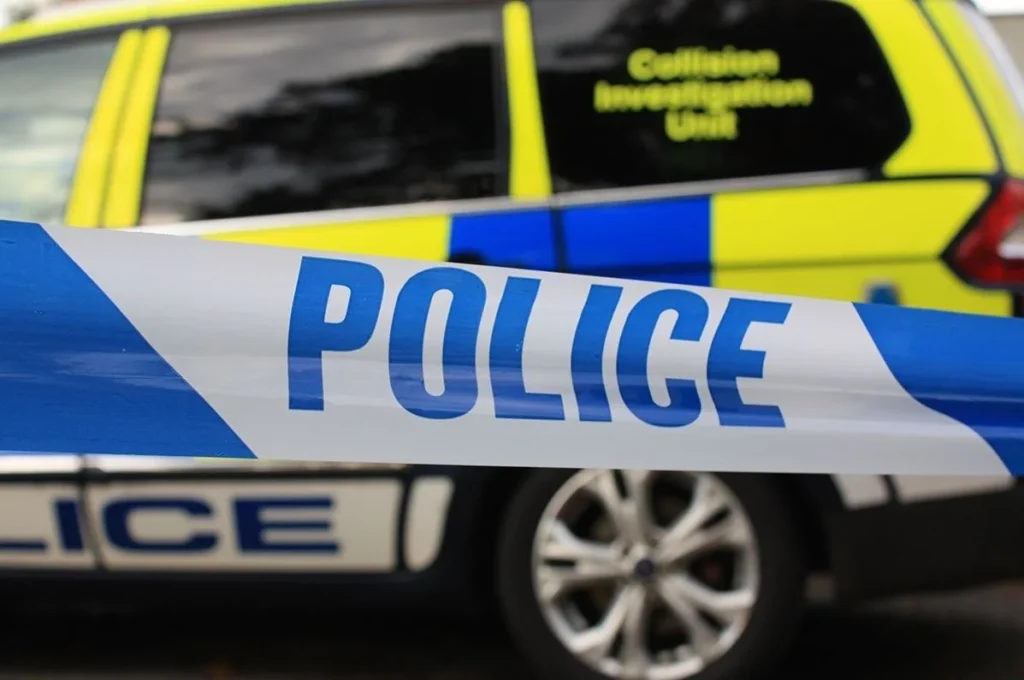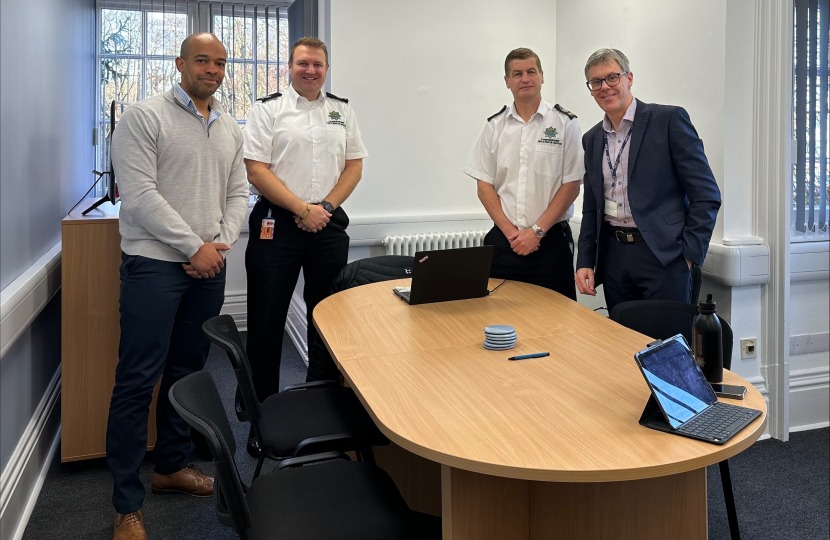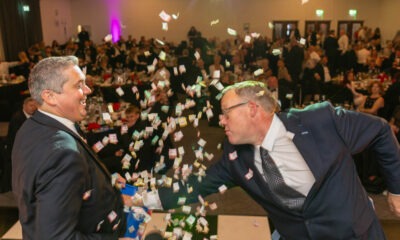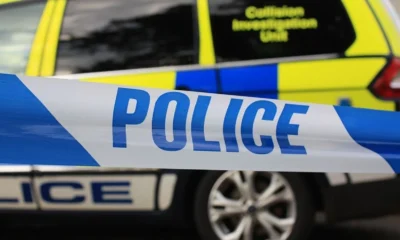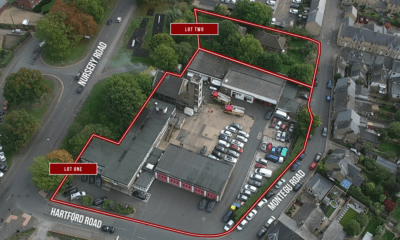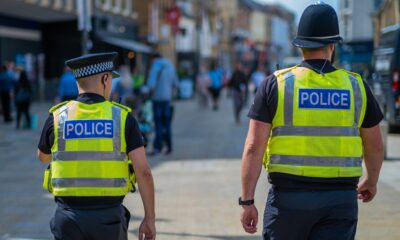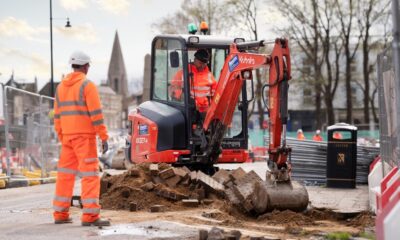The Queen
ANGELA SINGER: ‘A miraculous feat of delicacy, dignity and logistics’
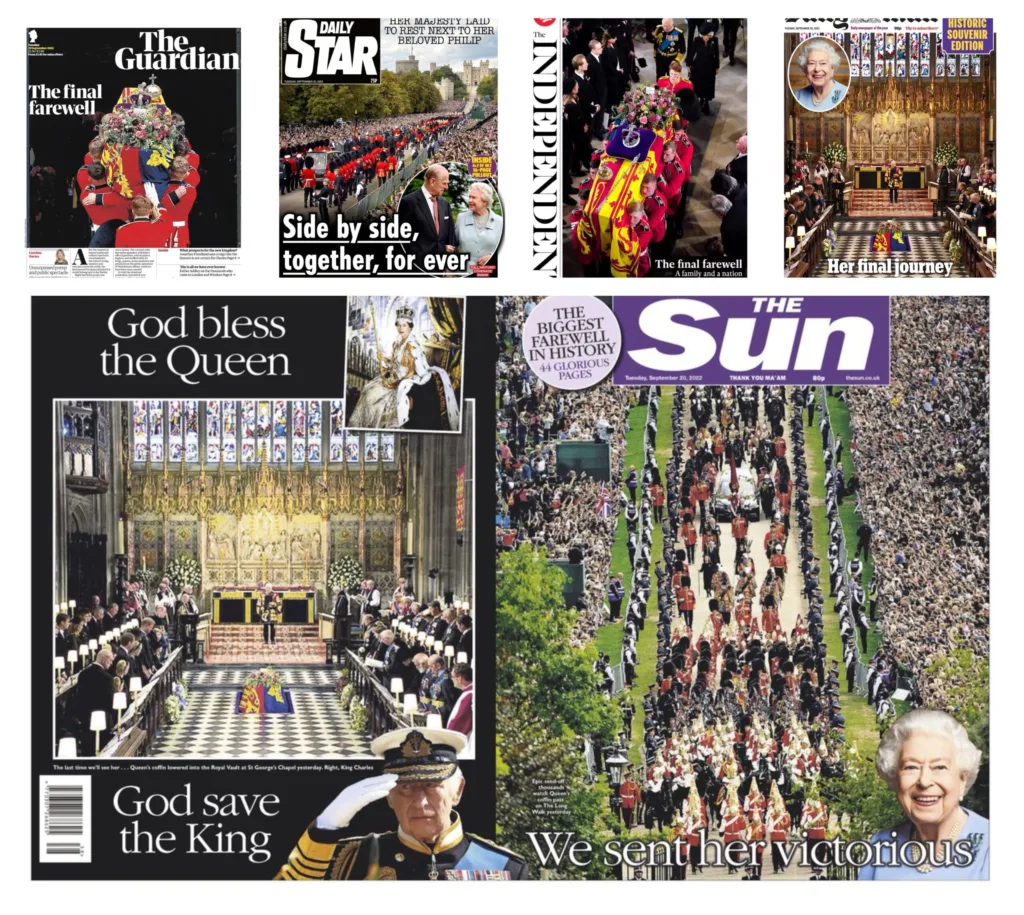
The funeral of Queen Elizabeth II was eight hours of magnificence. It was balletic in its precision.
It may have been organised by the upper echelons and the aristocracy but what made it memorable and remarkable was the input of the extraordinary, ordinary person, writes Angela Singer.
What would it have been without thousands of people lining the route?
Would it have been so momentous if members of the public hadn’t been prepared to queue for thirteen hours and sometimes more, day and night to pay their respects when the Queen was lying in state?
Yes it was marvellous. Yes it was meticulous – but who was marching in step? Who was manoeuvring that coffin on and off the gun carriage, in and out of the hearse, on and off the biers.
Skilful, trained – but working people. With perfect synchronicity, they glided the coffin from their hands to their shoulders, from their shoulders to the bier, from the bier back to their shoulders, from their shoulders to the hearse.
Yes all of it might have been orchestrated by toffs but the skill was owned by the people who carried it out.
The unison in which the service personnel marched, never faltering. Seemingly in a perfect pattern.
The gun carriage was pulled by the naval ratings up slopes, down gradients, round corners, as smoothly as silk on a shiny surface.
The eleven days between the death of Queen Elizabeth II on September 8 and her state funeral on September 19 divided opinion.
There were those who felt the Queen had given the nation inexpressible things we can only try to define: leadership, courage, an example and seventy years of supreme service.
They wanted to say thank you. They brought flowers.
Again, it was the gardeners at Windsor Castle who were creative with those flowers. Instead of just letting them wilt where they were, they asked people to bring them without Cellophane so they could be placed along the Long Walk up to the castle and create what looked like colourful flower beds. A stroke of genius.
Other people questioned the logic of spending tens of millions on one (it has to be said) not astonishingly bright family – some of whose members it seemed would have been happier anyway talking to plants and training dogs and horses.
Was it even fair to expect those hapless people to be born to live in a glass case?
Then there were those who could see both arguments. A friend of mine from Ealing said happily: “I agree with everyone.”
Meanwhile, that friend, like so many of us (while we were making our minds up about this great debate we could have no possible influence on) had watched all the television documentaries, read all the newspaper supplements and inhaled all the fascinating history of our dizzying kaleidoscope of tradition.
All right, kings and queens might be a luxury we can no longer afford – but what great entertainment.
And so, we came to the funeral itself – a miraculous feat of delicacy, dignity and logistics.
The procession went between three venues. First the coffin had to be conveyed from Westminster Hall to Westminster Abbey and then to Windsor Castle. Not just the coffin but the mourners too.
Some 2,000 people, including heads of state from across the globe took their places in Westminster Abbey. Who has been to a funeral in three locations, which lasts eight hours?
Everything about it was moving and dignified, the progress of the coffin – with the gun carriage pulled by naval ratings – was accompanied by 200 musicians, The Massed Pipes and Drums from Scottish and Irish Regiments, the Brigade of Gurkhas and the Royal Air Force. Like clockwork, they marched and played.
It was uplifting. It was a triumph.
Flanking the Queen’s coffin was a bearer party made up of The Queen’s Company 1st Battalion Grenadier Guards and those 10 pallbearers made up of former equerries to the Queen. For much of the procession, her children and grandchildren, King Charles, Princess Anne, Princes Andrew and Edward and her grandchildren, Princes William and Harry marched behind.
There were memorable moments inside the abbey. The new Prime Minister, Liz Truss read a lesson from The Gospel of St John, a piece drawn from a discussion between Jesus and his disciples after the Last Supper where Christ explains how death is a part of life – and she read it naturally and unexpectedly well.
I don’t think anyone will forget seeing Prince George and Princess Charlotte, aged nine and seven, the only great grandchildren in the abbey, with Charlotte in a little black, Edwardian style black fitted coat and a black broad-brimmed hat, like a smaller version of the outfit worn by her mother, Kate, the Princess of Wales.
Afterwards, we saw the two children sitting solemnly with their mother and Camilla, the Queen Consort in the car to Windsor.
At Windsor, it was touching to see the Queen’s pony Emma being brought out to see the procession – and her Corgi puppies, Muick and Sandy. The dogs looked sad.
I’m told that animals need to see the body of a person they have lost – because otherwise they don’t understand where the person has gone and they look for them for months.
Which is also perhaps why we humans need funerals too. It is not just the lost person who has to be laid to rest – it is our soul’s attachment to them.
King Charles looked overcome at the end of the service in St George’s Chapel in Windsor when the congregation sang God Save the King.
For all those hours and all those miles, the coffin had borne the Queen’s Crown on a purple velvet cushion, her sceptre and her orb – and a wreath of flowers, not the traditional white lilies but colourful reds and pinks and yellows chosen by Charles from the Queen’s gardens: rosemary for remembrance, myrtle to signify a long and happy marriages, roses and oak leaves. It was very personal.
The wreath, the sceptre, the crown and the orb had been removed and we saw the coffin sink into the vault below.
Whereas other families are expected to stay at home in the first days of mourning and have people visit them – Charles had travelled across all four kingdoms of his realm. Exhausting for anyone who is not 73 and grieving.
At that point in the chapel, he looked broken.
Who knows, maybe it is harder losing your mother if you have had her that long in your life. Maybe you don’t get the chance to toughen up. Who knows? I expect there are books written on it.
As for the debate on the future of the monarchy.
Though I would prefer to see all those millions spent on universal free school meals, I sort of came to the conclusion –after seeing the life-long delight of people who had met the Queen – that perhaps it is marvellous to have someone to look up to and feel honoured to meet. Someone who could give people a thank you that no one else can.
A thank you that gave them a life-long glow.
But then again. I doubt whether any monarch before her actually had that magic.
She did her bit in the Second World War.
She took cars apart, she got her hands dirty with digging and dogs, she loved theatre, she dressed to dazzle.
She made people feel wonderful.
(Angela Singer is a columnist for CambsNewsOnline)

